Working Days in Antarctica
Though daylight is constant, Austral Summer is short. We work hard to make the most of it.
What does a day look like in Antarctic summer? Here at Rothera, we are right in the middle of Austral Summer. Until a few weeks ago, the sun didn’t set. While it now does, we are still working at a rate of knots to fulfil the requirements of our scientific program. Here’s what a day of work actually looks like.
0745 - Met Brief
The weather in Antarctica isn’t just small talk. It often dictates how the day unfolds, especially for those of us working on the water. We have two forecasters seconded from the Met Office on station. Each morning they brief a small group of us, covering both local conditions and those expected at field sites. We also get a good idea of plane movements at this briefing, which is relevant for our search and rescue responsibilities.
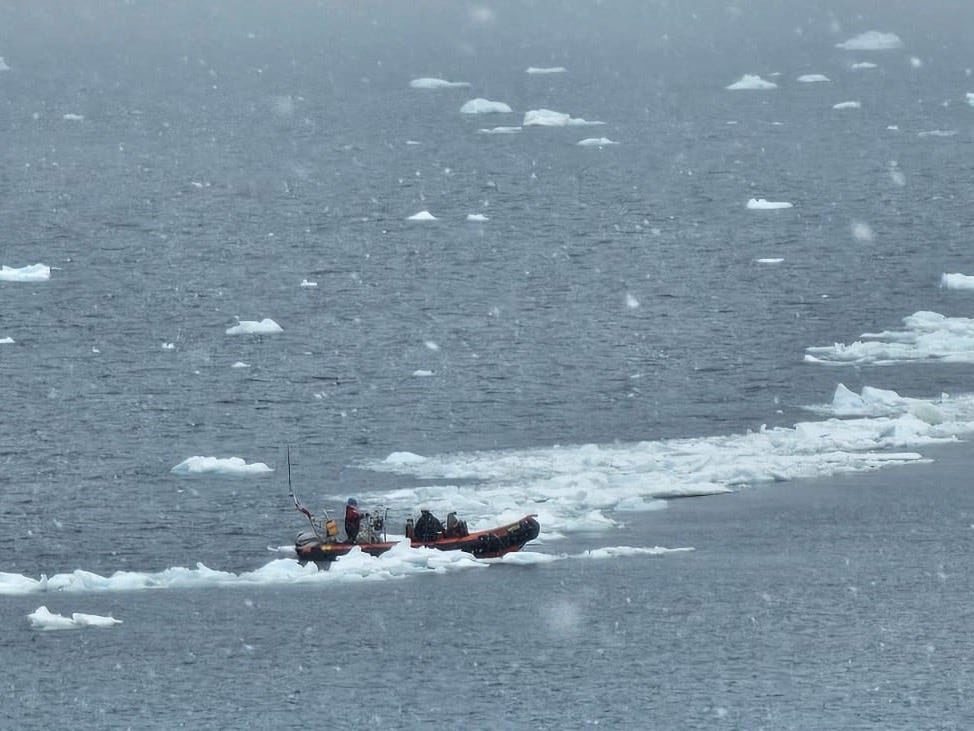
0830 - Boat Brief
This is the start of the working day for most of station. In the marine team, we begin by discussing our plans, and deciding how best to execute them. We have multiple coxswains and crew, and four boats. We can usually hit all of our daily targets, depending on the weather. However, diving in particular requires a lot of manpower, so we have to prioritise, sometimes deferring activities to a later time.
0845 - Preparing the boats
Once we know the plan, boat coxswains prepare the boats. This involves pumping tubes up, checking oil levels and making sure that boat plans are filed. As a minimum, we prepare two boats, even if we only plan on needing one — we might need the second to rescue the first. Our diesel machinery (the boatshed tractor and wharf crane) needs a warm-up period before movement, or we risk long-term damage.
0900 - Aircraft Rescue Cover
Rothera is essentially an airport. Our runway facilitates extensive field operations, as well as bringing new staff and scientists onto station. This time of year (when other Antarctic operators are closing down for winter) we also have a lot of transiting aircraft.
Some of these movements require ‘Rescue Level 2’, which means positioning a boat on the wharf, secured to the crane. This puts us in a state of readiness should anything go wrong, and a rescue response be required. This is quite an easy requirement to meet when it falls at 0900 — but can be tricky to work around later in the day.
0915 - First boating activity
We’ll head out as soon as everything is ready. This might be a dive, a CTD (a deep-water probe measuring conductivity, temperature and depth, among other things), cameras, or anything else required by the scientists. Our boating limit extends a few miles in all directions, and we often operate at its outer limits.
At the end of the trip, we have to lift the boats out of the water and onto their trailers. Pontoons or mooring buoys aren’t a viable option here, partly because of the cumbersome dive and scientific equipment we take with us, and partly because ice would damage the boats.
1300 - Lunch
We get an hour off for lunch. Back in the UK, I’d have a small, quickly packed lunch. Here, lunch is a substantial, hot meal prepared by the chefs. There’s another meal, smoko, served at mid-morning. As a marine team, we rarely make it, but many on station go to both!
1400 - Second boating activity
We’ll go out again if the weather permits. Some days, rapidly changing weather prevents a second trip — conditions can be completely different by the end of lunch than they were at the start. We also have to look out for ice. During any southerly wind, ice creeps towards the wharf and our launch site. This might make it unusable after lunch, even if it was before.
When we aren’t able to get afloat, we have lots of servicing, maintenance and paperwork to do in the boatshed. Fortunately, much of this is non-urgent, and we are often able to take a few hours off to make up for previous overtime.

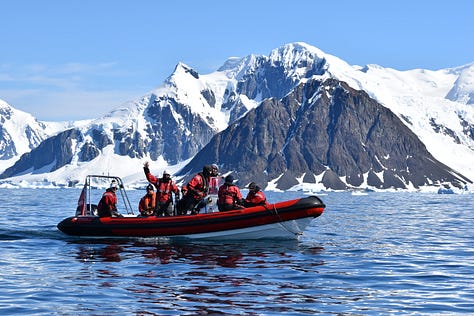
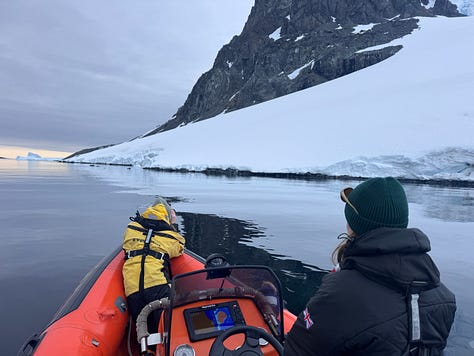
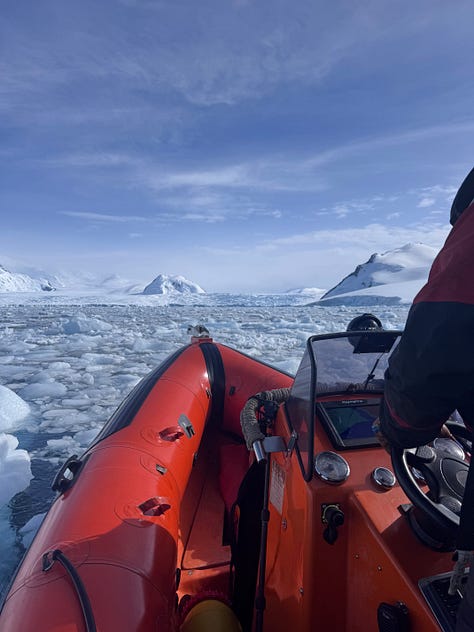

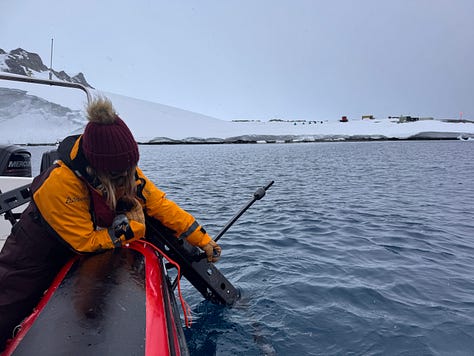
1700 - Pack down
Once we’re in at the end of the day, we have to pack down and cover the boats, and write up our boating logbook. The water in our boating area is salty, so every boat is hosed down, and the engines flushed out with fresh water. Right now, the temperature is generally high negative temperatures, sometimes even positive. When it gets colder, we’ll have to take care to avoid making an ice rink on the decks and outside the boatshed.
1800 - End of the day
Once the workday ends (which is often well after six), we’re free to get dinner and unwind. Although the working day is long, we get a lot of truly free time in the evenings. Not having to commute or cook really frees up a lot of time.





Fascinating - it sounds intense and just amazing 😎